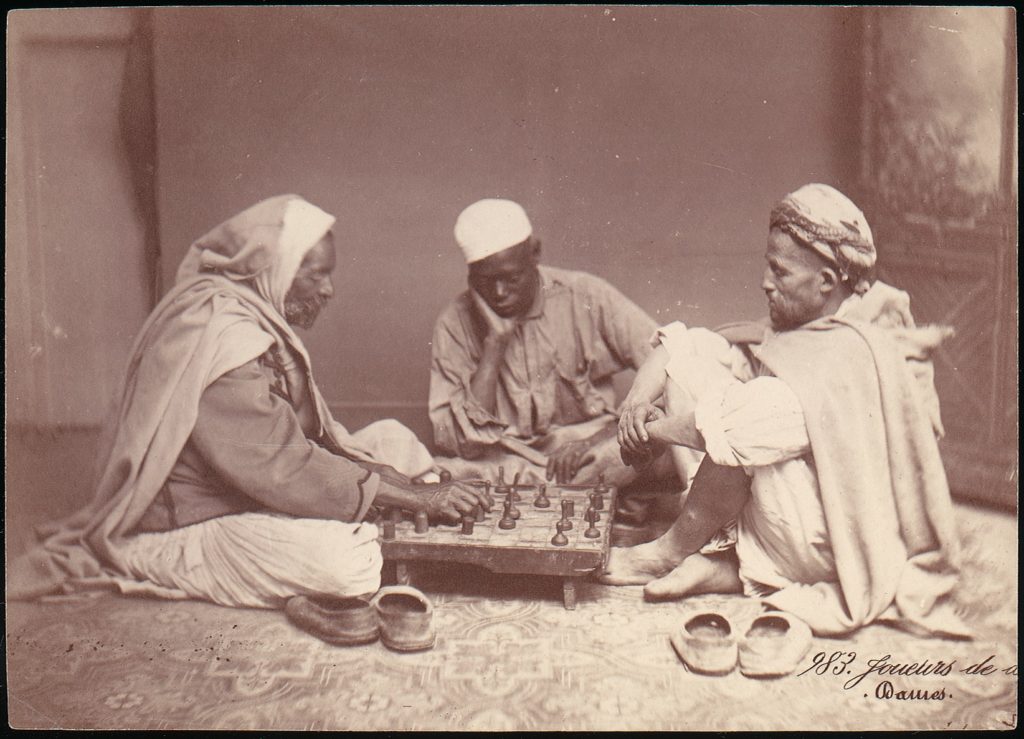Table of Contents
The beginnings of chess
Chess is a mysterious game, and it’s presumed that it started many years ago. Nobody really knows the age of chess, or where it was created, there are many theories about the history of chess.
However, the most accepted says it was created in India, around 2000 years ago, and it was nothing like chess nowadays. By that time, it was called “Shatranj”, kings were not facing chess these times, the white king started on e1, while the black king started on d8.
Also, the pieces moved differently, pawns could not move two squares ahead in the first turn. Knights had a different movement as the bishop (which was actually different depending on where you were playing the game).
The reason is that, presumably, chess went from India to Persia (actually Iran) to other Asian and Arabic countries. As the game spread through the continent, it was given different names and rules.
Chess did well at representing the wars of those eras, the pieces of chess represented different types of troops: infantry, cavalry, elephantry. It went on until it became something more modern, as the bishop, knight, pawn, rook, king, and queen. This change was probably around the 1300s.
The truth is chess popularized throughout the world for almost 1500 years until it became a universal game, still played nowadays. Let's have a look at the history of chess.
Chess in the 18th century
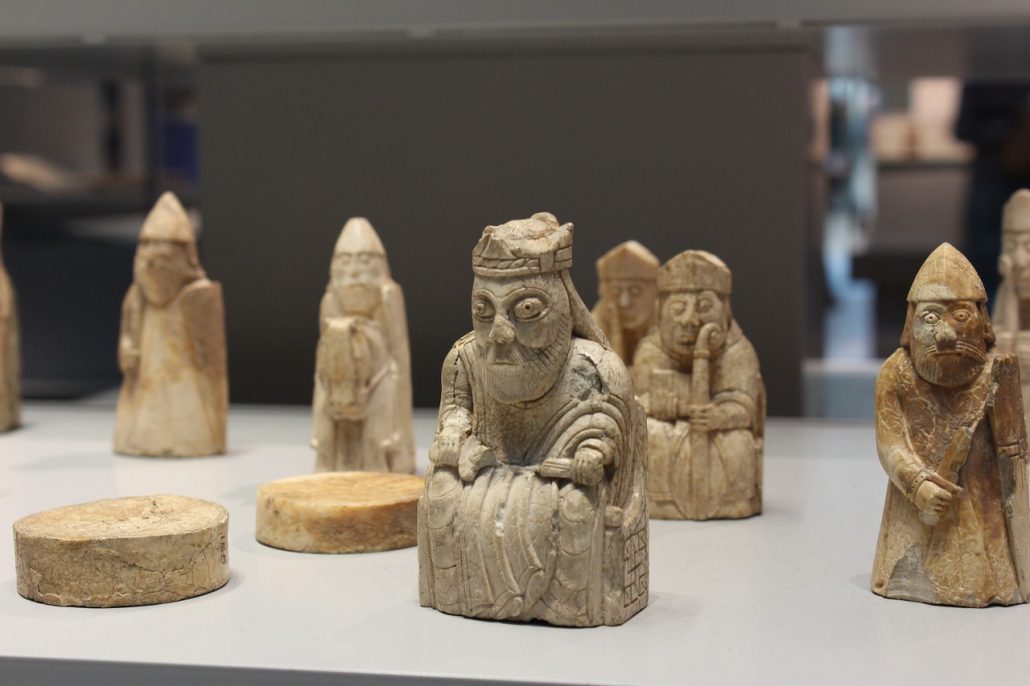
Reaching 1880 chess started to be something more serious than a simple game, it was an important era for chess. This was called “romantic chess” and chess history evolved into something more approached to what it is today.
The strategical and slowly-planned chess scheme to play the game was abandoned a little. A more dynamic, tactical, and aggressive game was starting to popularize among the best players.
Then, chess was not seen just as that boring and simple game, which consisted of long-term planning and analysis. Some players started to really study the game as a scientist working to get a better understanding of it.
In 1886 the first world chess championship was held, and the first-class competitions started to appear. This paved the way for the creation of the world chess federation (FIDE), responsible for all chess competitions.
After the creation of FIDE, then titles appeared, and the first grandmasters of the history of chess were announced. Some of the first people to be awarded the grandmaster title were Mikhail Botvinnik, Lazlo Flohr, and others.
Chess world champions!
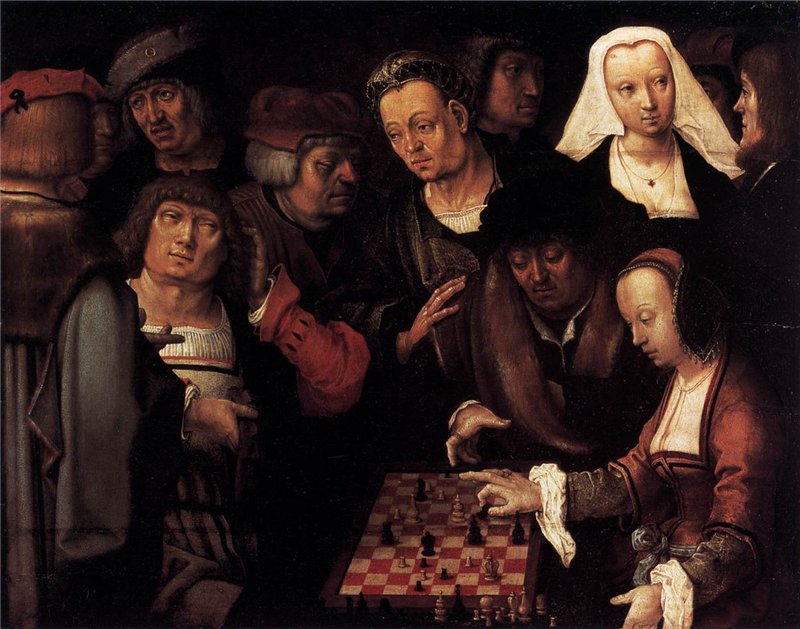
After some time, the history of chess evolved at an amazing pace, and we met some of the best masters of the world. They left us with amazing lessons and made the foundations to make chess become what it is today.
We are going to give a quick review, of the most important chess world champions, and what they gave to chess.
We start with the father of positional chess Wilheim Steinitz, the first chess world champion of history. He made the first “strategic concepts” of chess, and principles to play better positional chess.
Then we advanced to Emanuel Lasker, a tactical master who had a really good game. He was beaten by the Cuban proficient master Jose Raul Capablanca, who had an incredible interest in teaching chess to children.
Then, Alexander Alekhine came into the frame, the best tactician of his time, followed by professor Max Euwe, who also made great advances in chess.
Time passed, and Russians started to dominate chess at the top level with great masters like Tigran Petrosian, Mark Taimanov, and Boris Spassky, the best Russian generation in the history of chess.
Then, the prodigy Bobby Fischer broke Russia’s dominance over elite chess for more than 30 years. Then, we entered Karpov’s phase, where another prodigy was here to take the title for his country again: Russia.
Sadly, Bobby Fischer never played to defend his title so Anatoly Karpov became the new chess world champion at the age of 17.
And then, the fierce match between Garry Kasparov and Anatoly Karpov had a place, being the longest chess match in chess history, and it didn’t have a clear result.
Later on, Kasparov took the world champion battle, and weird times for chess, and the division of two chess federations! The next world champions were: Ruslan Ponomariov, Vladimir Kramnik, Veselin Topalov, and Viswanathan Anand.
Finally, we reached Carlsen’s era, after he took the world champion title from Anand, a title that he still has nowadays. The amazing part of the history of chess.
The history of chess and computers
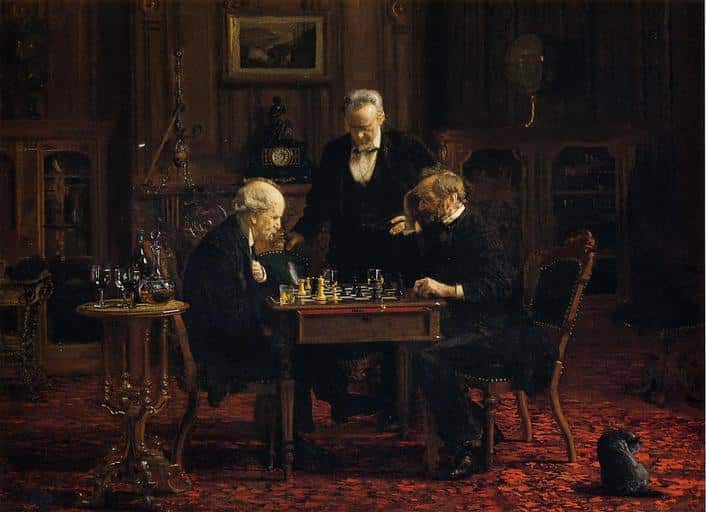
In 1997 started the computers’ era in chess, with the famous match between Garry Kasparov and Deep Blue. This was one of the most important events in chess history, chess players started to use chess engines to analyze.
Here, a computer chess game, and the game experimented with several changes and important transformations. The more dynamic and savage game of the computer was implemented by the chess elite players.
This made the game something even more complicated, yet deep and beautiful in its own way. Nowadays there are many different chess engines used to analyze games and investigate chess theory.
To the point that every chess club or player can analyze their games to progress in chess, actually, is one of the most important steps to give to progress.
Chess in actuality
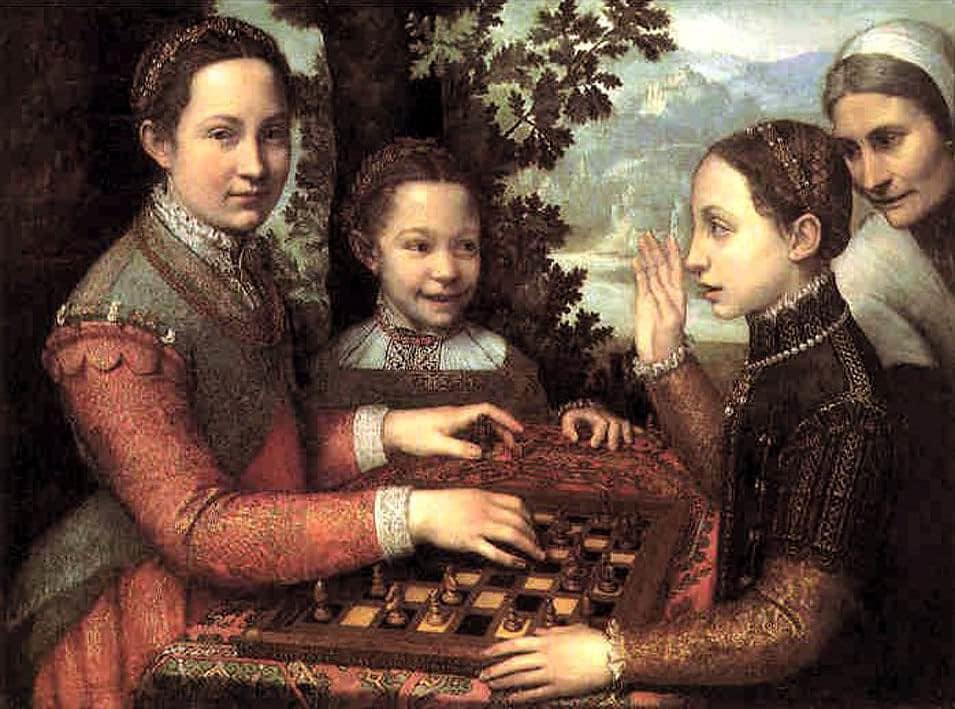
In a conclusion, chess is a game that has been evolving for almost two millenniums and is growing bigger and bigger in popularity. Chess is a beautiful game that is beautiful for its nature, the history it has, and the beautiful difficulty the game has.
Playing chess is something that can improve your mental skills and is healthy for anyone, it has a lot of benefits. It’s also a game that can be enjoyed quietly in a peaceful environment while enjoying a good cup of coffee.
Chess is a game that even if it’s quiet, doesn’t require you to move, and it can look like just some wooden pieces on a board, can be very exciting. This is the essence that has not been lost in the history of chess.
Chess history is beautiful, just as the game itself, a piece of history that has been living for a long time.
You may also like:
GM Yasser Seirawan: The Master Of Chess Study

